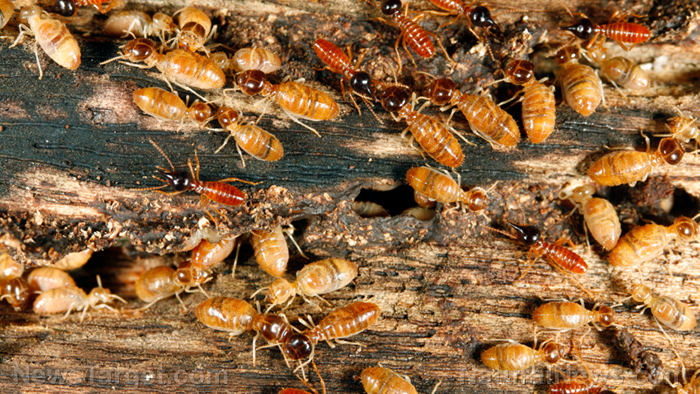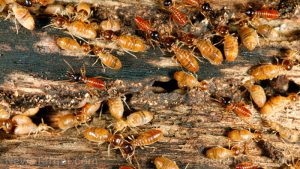
Bifenazate – toxicity, side effects, diseases and environmental impacts
Friday, December 08, 2017 by Michelle Simmons
http://www.naturalpedia.com/bifenazate-toxicity-side-effects-diseases-and-environmental-impacts.html

Bifenazate is a new pesticide that belongs to the group of hydrazine carboxylate group that is used to control phytophagous mites, such as spider mites, pecan leaf mites, European red mites, brown almond mites, and six-spotted spider mites. It is usually applied on greenhouse crops, nursery crops, landscaped areas, hops, avocados, curcubits, apples, pears, quince, eggplants, cucumbers, watermelon, strawberries, and tomatoes. It works as a neuronal inhibitor in target pests. It can be physically descried as a white to beige colored crystalline solid that has a low water solubility. Bifenazate has the molecular formula of C17H20N2O3.
List of known side effects
There are only a few known side effects that bifenzate can cause to humans. One of these is that it can cause serious eye damage or eye irritation. In addition, it can cause damage to body organs through prolonged or repeated exposure. It may also cause irritation of the skin, gastrointestinal tract, and respiratory tract. Furthermore, it may cause headache, dizziness, weakness, and nausea.
For its environmental side effects, it is highly toxic to fish and the aquatic environment.
Body systems affected by bifenazate
The body systems adversely affected by bifenazate include the ocular, integumentary, digestive, and respiratory systems.
Items that can contain bifenazate
Some of the trade names for products that contain bifenzate include Floramite SC and Acramite. Some of the items that can contain bifenazate residue are strawberries, raisins, peaches, grapes, cherry tomatoes, peaches, snap peas, plums, and cucumbers.
How to avoid bifenazate
There are several ways on how to avoid or limit bifenzate exposure. Bifenazate exposure can be avoided by wearing protective clothing, such as long-sleeved shirt, long pants, and shoes plus socks. In addition, follow the product instructions carefully. It is also important to wash hands before eating, drinking, chewing gum, using tobacco, or using the toilet. Moreover, avoid products that contain bifenzate, such as strawberries, raisins, peaches, grapes, cherry tomatoes, peaches, snap peas, plums, and cucumbers.
Where to learn more
Summary
Bifenazate is a hydrazine carboxylate pesticide that is used against phytophagous mites, such as spider mites, pecan leaf mites, European red mites, brown almond mites, and six-spotted spider mites on greenhouse crops, nursery crops, landscaped areas, hops, avocados, curcubits, apples, pears, quince, eggplants, cucumbers, watermelon, strawberries, and tomatoes.
Bifenazate can irritate the eyes, skin, gastrointestinal tract, and respiratory tract.
Bifenazate can adversely affect the ocular, integumentary, digestive, and respiratory systems.
Bifenazate is highly toxic to fish and the aquatic environment.
Sources include:
Tagged Under: Tags: Bifenazate






